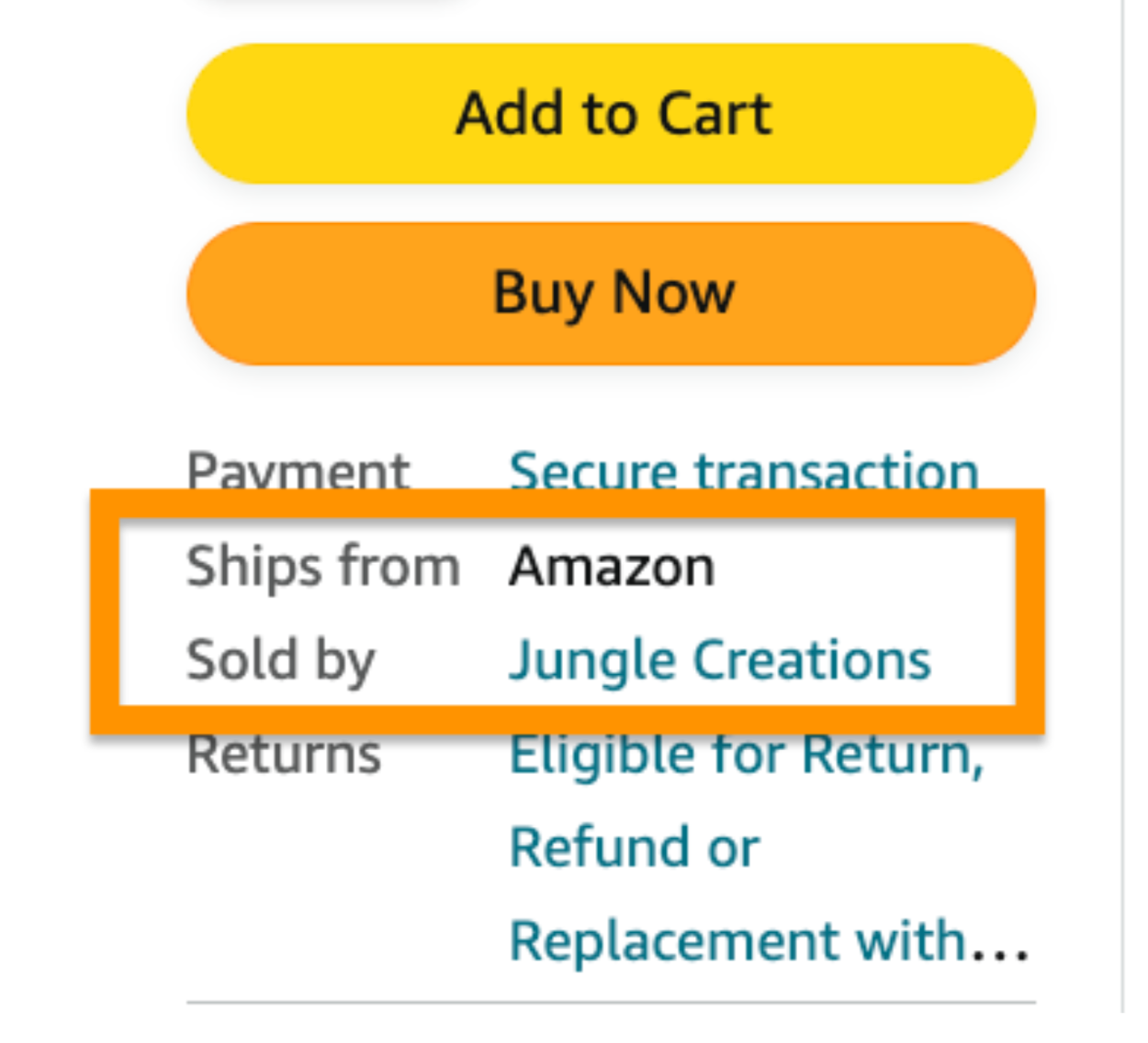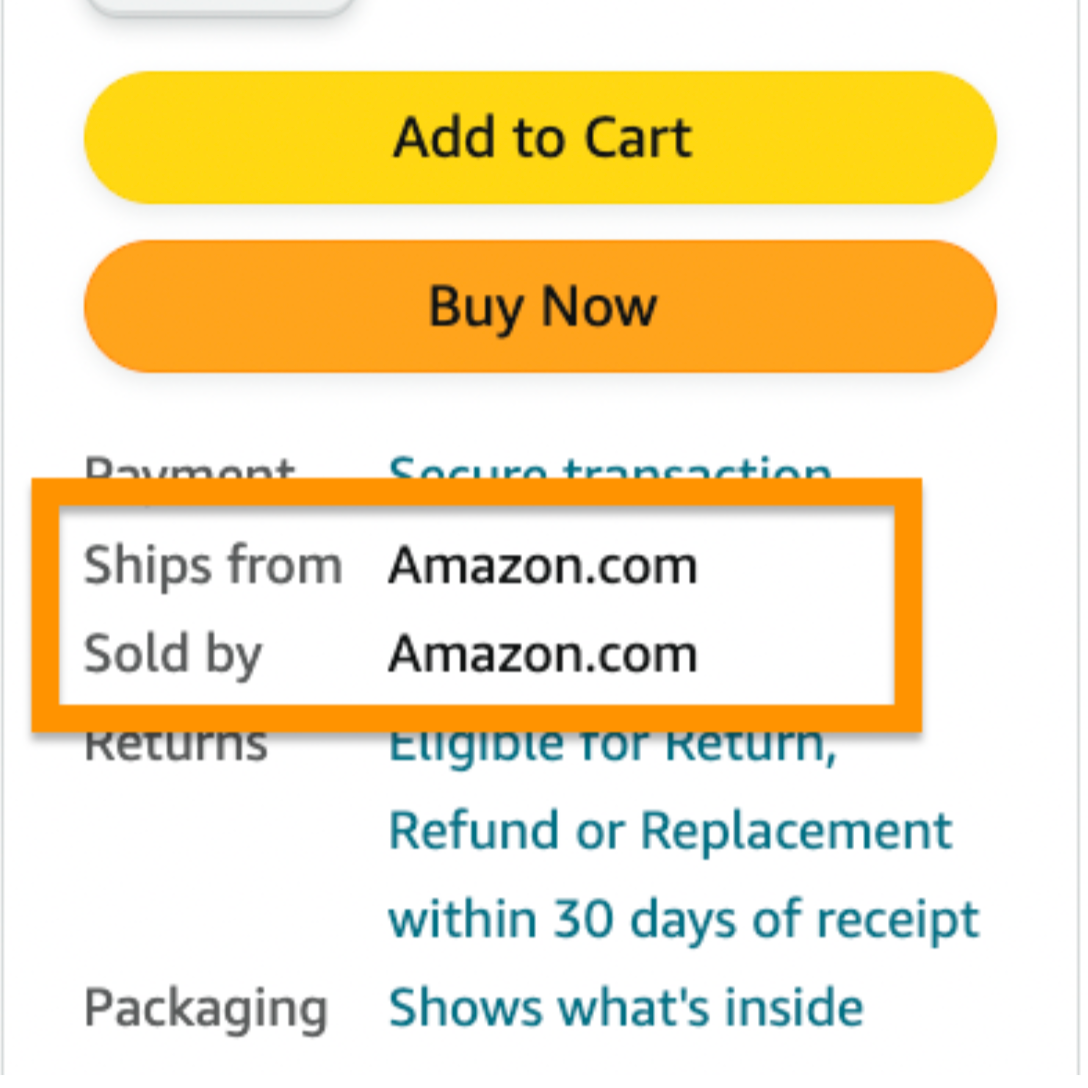This article was written by Jungle Scout ecommerce experts with some assistance from artificial intelligence.
When most people think of selling on Amazon, they think of selling their own products through Amazon’s marketplace and fulfilling their orders through Fulfillment-by-Amazon (FBA). That is known as an Amazon third-party seller or Amazon 3P.
Though have you ever wondered how Amazon carries so many different products and brands? Amazon purchases products at a wholesale cost from thousands of brands, small and large through a process called Amazon Vendor or Amazon 1P.
Understanding the differences between Amazon 1P and 3P is crucial for any merchant who wants to sell their products on Amazon. In this article, we’ll explain the differences between these two selling options and the pros and cons of each.
- What are the differences between Amazon 1P and 3P?
- Pros and cons of Amazon 1P & 3P
- How to become an Amazon 1P seller
- How to become an Amazon 3P seller
What are the differences between Amazon 1P and 3P?
The biggest difference between Amazon 1P and 3P is that with one, you sell directly to Amazon, and with the other, you sell directly to the customer.
In this section, we’ll explore what each of these models are, as well as their pros and cons.
What is Amazon 3P?
Amazon 3P is Amazon’s third-party selling option that allows businesses to sell their products on Amazon’s marketplace through Seller Central. In the Amazon 3P model, the third-party seller lists their products on Amazon and has the option to fulfill orders through FBA or Fulfillment-by-Merchant (FBM).
Amazon provides the platform, including the website, payment processing, and customer service support. However, the third-party seller is responsible for managing inventory, setting prices, optimizing listings, advertising, and more.
In exchange for these services, Amazon charges third-party sellers a referral fee for each sale they make on the platform.
The Amazon 3P model has become increasingly popular in recent years, allowing businesses of all sizes to access Amazon’s vast customer base immediately.

When you see “Sold by (store name),” this is an example of a third-party seller on Amazon.
What is Amazon 1P?
Amazon 1P, also known as Amazon First-Party or Amazon Retail, refers to the direct retail sales Amazon makes to customers. In the Amazon 1P model, Amazon purchases products from manufacturers or distributors through Vendor Central and sells them directly to consumers on the Amazon platform.
Amazon owns the inventory and is responsible for pricing, inventory management, fulfillment, customer service, and returns.
Amazon 1P differs from Amazon 3P, where third-party sellers list and sell their products on Amazon’s marketplace.
In the 1P model, Amazon purchases wholesale goods from other brands and acts as the seller.

When you see “Ship from Amazon.com” and “Sold by Amazon.com,” this is an example of Amazon 1P.
Amazon uses a combination of 1P and 3P models to offer customers a wide range of products at competitive prices. Amazon 1P is typically used for high-volume products and branded items, while Amazon 3P is often used for unique or niche products that may not be available through traditional retail channels.
Pros and Cons of Amazon 1P & 3P
Now that you understand the difference between the two, let’s go over the pros and cons of each so you can decide which is best for your business.
When you’re weighing the two, remember that Amazon 1P is an invite-only program, and that it is applied to products, not sellers — meaning Amazon will specifically choose products they want to order from you, typically from sales volume.
Amazon 1P pros and cons:
| Amazon 1P pros | Amazon 1P cons |
|
|
Amazon 3P pros and cons:
| Amazon 3P Pros | Amazon 3P Cons |
|
|
READ MORE | Amazon Inventory Management 2023 Guide
How to become an Amazon 1P seller
As mentioned above, Amazon Vendor Central is currently invite-only, and there is no way to apply to become a vendor. You must wait until an Amazon brand manager contacts you before you can sign up for Vendor Central.
If you’re looking to become an Amazon vendor, the key is to establish yourself as a reputable third-party seller with a strong brand presence both on and off the Amazon platform.
Here are a couple ideas for how to become an Amazon 1P seller:
- Perform well on Amazon. Maintain consistent sales volumes, positive seller reviews, and high customer satisfaction while ensuring your products remain in stock and meet Amazon’s sales metrics.
- Go to trade shows. Catch the attention of Amazon brand managers by participating in trade shows, as they may be actively seeking out brands that are not yet available on Amazon.
However, it’s important to note that even if you meet all the criteria and make every effort to be an exemplary seller, there’s no guarantee that Amazon will extend an invitation to become a vendor.
That said, it’s worth considering whether becoming a vendor is truly the best path for your brand. Brand-registered third-party sellers now have access to many of the same features and tools once exclusive to vendors, including:
- A+ Content
- Amazon Live
- Brand Analytics
- Amazon Storefronts
- Amazon Vine
- A range of Amazon Advertising products.
So, while being a vendor may have certain advantages, it’s not necessarily the only way to succeed on the Amazon platform.
READ MORE | How to Register Your Brand on Amazon Brand Registry
How to become an Amazon 3p seller
The good news is that anyone can sign up to become a third-party seller on Amazon! If you’re not registered as a seller yet, follow our guide on how to create an Amazon seller account to get started.
If you’re a beginner at selling on Amazon or online, we suggest checking out Jungle Scout’s How to Sell on Amazon for Beginners video on YouTube. It is the most comprehensive video on how to start selling on Amazon, and it is free!
Will you sell on Amazon 1P or 3P?
After reading this article, you should have a strong understanding of the differences between Amazon 1P vs. 3P. At Jungle Scout, we love the 3P model, as you have more control over building your brand and launching new products!
Do you have any more questions about either of these? Let us know in the comments.
Want to learn more about how you can use Jungle Scout to launch, grow, and run your Amazon business? Click the “Learn More” button below!

 No Comments
No Comments